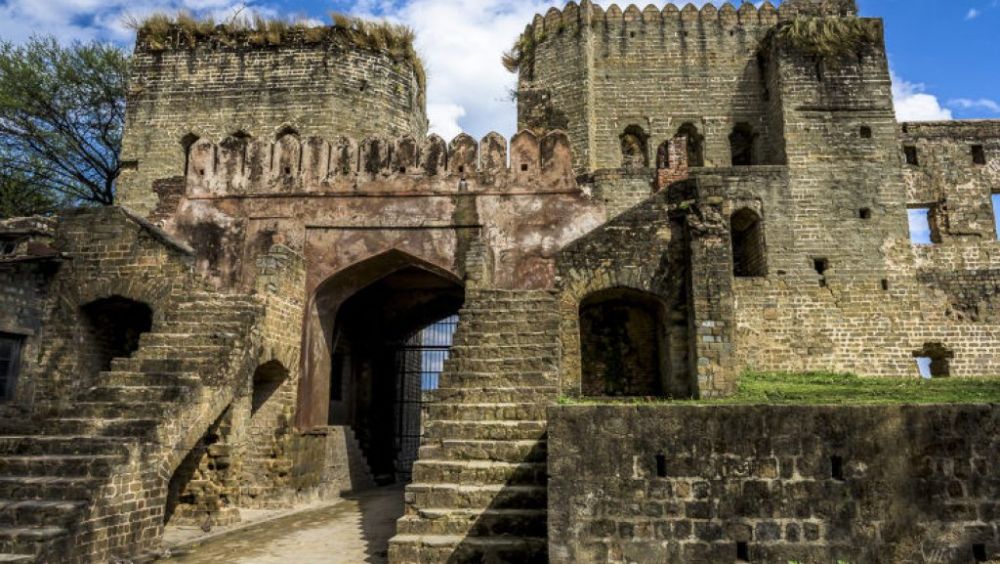

The majestic Nurpur Fort located in the picturesque town of Pathankot in the Indian state of Punjab is an epitome of historical grandeur and architectural excellence. Known for its strategic significance and cultural heritage, Nurpur Fort has been a prominent site for various civilizations throughout history, leading to a rich tourism legacy that continues to this day.
The fort originally known as 'Dhameri' was built in the early 11th century, but it gained prominence during the reign of the Mughal Emperor Jahangir who renamed the fort to 'Nurpur' in honor of his beloved wife Queen Nur Jahan. Over the centuries, the fort has withstood the test of time and numerous invasions, serving as a witness to the region's tumultuous history, including Sikh and British colonial rule.
Despite being partially in ruins today, Nurpur Fort continues to stand tall with its impressive fortifications and intricately carved walls. Visitors are drawn to its ancient temples, most notably the Brij Raj Swami temple, which is dedicated to Lord Krishna and is believed to have been constructed by the rulers of the Nurpur state in the 16th century.
The fort's architecture and its historical significance have made it a prime attraction for history buffs and architecture enthusiasts. Over the years, Nurpur Fort has seen a steady increase in visitors, both domestic and international, which has contributed substantially to the local economy.
In recent years, efforts have been made to boost tourism at Nurpur Fort through restoration and maintenance projects. The inclusion of the fort in heritage walks, local tourism initiatives, and the celebration of cultural festivals have been pivotal in capturing the interest of tourists. There's been a growing trend towards sustainable and responsible tourism, with an emphasis on preserving the fort's structure and the surrounding environment.
For travelers planning to visit Nurpur Fort, the best time is between October to March, when the weather is pleasant. The fort is easily accessible by road from Pathankot and provides a scenic view of the surrounding landscape. Tourists can also explore other attractions in the city, such as the Ranjit Sagar Dam, Mukteshwar Temple, and the ancient city of Kangra.
The history of tourism at Nurpur Fort is a testament to the enduring allure of historical sites in India. As a silent guardian of the past, the fort continues to attract those who wish to delve into the rich tapestry of India's history while providing insights into ancient Indian architecture and art.
Whether you're an avid historian or simply looking to explore the beauty of Pathankot, Nurpur Fort promises an unforgettable experience that will take you back in time and leave you with a deeper appreciation for India's cultural legacy.